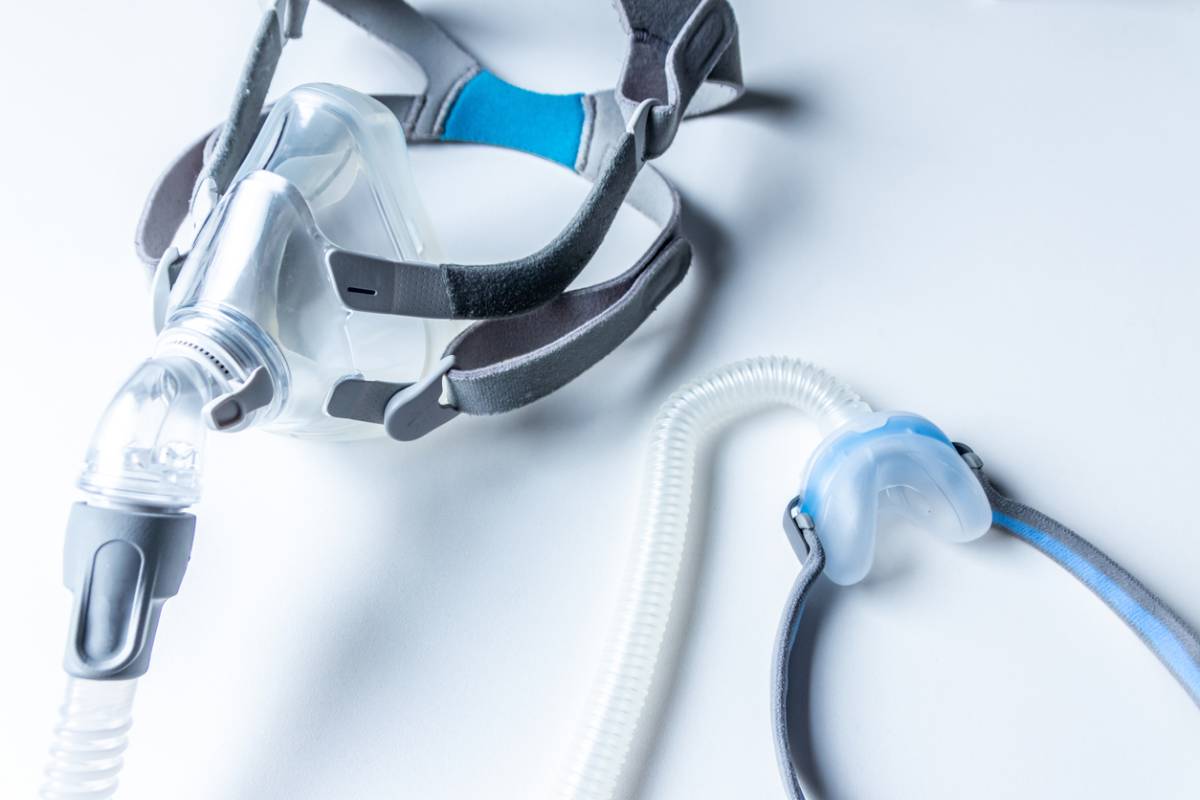Sleep apnea is a common sleep condition that can impact your sleep and daily life. A common treatment for those with sleep apnea is a continuous positive airway pressure (“CPAP”) machine. It is a remarkably effective device that effectively manages your sleep apnea while you sleep. The machine rarely has issues. However, when it does, it is important to address the issues right away. Below, you will find a CPAP machine troubleshooting guide and other helpful tips.
CPAP machine troubleshooting guide
CPAP machines are like any other medical device. They can break down or wear out over time. If you suspect there are issues with your CPAP machine, consider the following tips to address the issue. If you cannot address the issue on your own, contact your medical provider for next steps.
Step 1: Humidifier
The humidifier may be the culprit when it comes to issues with your CPAP machine. If the water in the humidifier chamber does not go down there’s a problem. Additionally, if you have a heated humidifier and there is cold water, it’s another sign there is likely a problem. The humidifier should regularly go down and operate quietly. The noisier it gets, the closer it is to be needing to be replaced.
Step 2: Tubes and Filters
Look at your filters and tubes once you have determined to look at the humidifier. You should have good airflow, so any issues can indicate an issue. It could be the filter or the tube. Damaged tubes can have cracks or leaks that impact the air pressure. Replace any damaged tubes or filters to ensure optimal airflow while you sleep.
Step 3: Air Passageway
Reduced airflow may also be due to clogs. Examine the area from the hose to the mask to see if there are any obstructions. Blockages can back up the hose and impact airflow. Regularly check your hose to avoid this issue. If you notice any damage to the hose, replace the part immediately.
Step 4: Avoid Condensation
Condensation in your mask or tubing is referred to as “rainout.” This occurs more often in machines with heated humidifiers. This is because the air moves through the tubing and cools down. The temperature drop causes the moisture from the air to condense into droplets. Avoid this issue by keeping your CPAP machine dry. Adjust the temperature settings or wrap your hose in something warm. Heated tubing is also a helpful way to avoid this issue.
Step 5: Power Adapter
CPAP machines can stop running at times. This is rare, but it can be easily fixed with a simple restart. Unplug and then plug in your power adaptor. If your CPAP machine comes back on, you should be okay. If it doesn’t, there may be issues with your power cord. Try plugging it into a different outlet to be sure.
CPAP For Sleep Apnea
Sleep apnea can impact your sleep and your daily life. The most common symptom of the condition is loud snoring. Your partner may notice that you choke or gasp or have pauses in your breathing when you sleep. You may notice that your mouth is dry or you have a sore throat when you wake up. The daytime can be especially difficult as you may experience fatigue, headaches, issues concentrating, and moodiness. This can be really difficult to manage, so it’s important to get help.
If you experience any of the symptoms of sleep apnea, contact a sleep specialist. They can diagnose the issue and provide you with an effective treatment plan to address the issue. CPAP for sleep apnea is one of the most effective treatments available. Contact Sleep MD today to schedule an appointment so you can get back to a good night’s rest!


